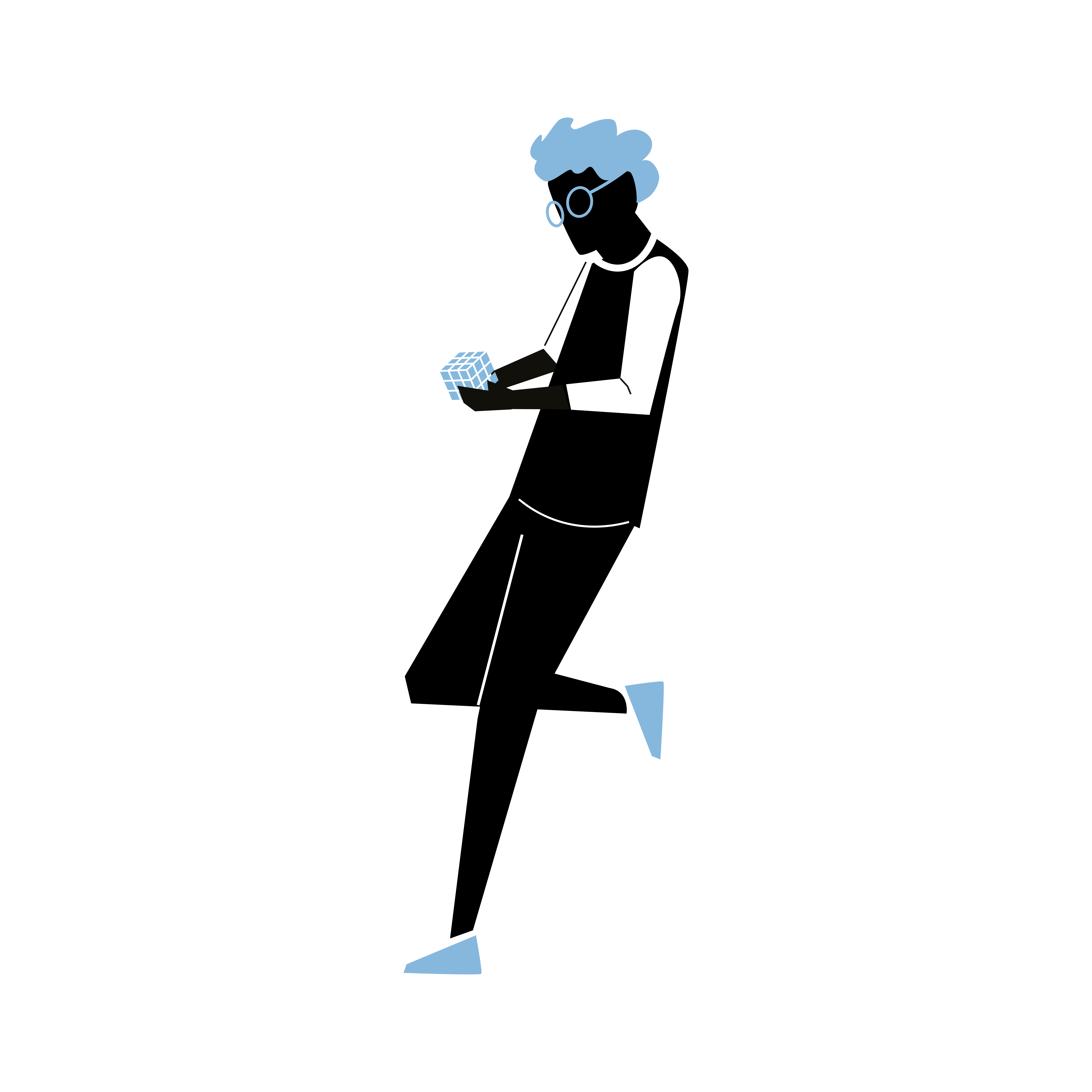The concept of fatherhood is more multifaceted than it first appears. While it may have originated from the need to ascertain paternity, fathers have since crossed over the wall of mere biology into a world of identity, symbolism, and psychological inquiry.
For Carl Jung himself, his friend and colleague Sigmund Freud was an ill-fated father figure. In the early days of their friendship, Jung asked Freud to let him enjoy their friendship ‘not as one between equals but as that of father and son.’ Later on, before their fallout, Freud recognised Jung as his ‘crown prince and successor.’ The Father Archetype is thus more prevalent than fathers themselves—friends, mentors, writers, kings and princes, cardinals, and saints have been fathers to many in various faces of the Father Archetype. According to Jung, the Father is an illumination; he is seen in the imagery of solar symbolism, golden halos of the Church and those of the Mughals. The Father is also the symbol of order, discipline, and rationality, as is sought to be depicted by the Godfathers of the universe. Odin–the one-eyed All-Father who listens to the memory and consciousness of the world through his Ravens. The Father can also be hubris in its true form, alienated from reality. Such figures are replete in popular culture, like Saturn eating his children on Goya’s canvas.
Literature is rife with different representations of the psychosociological experience of fatherhood. Within a novelistic universe, authors wrestle with the complexities and violence of being fathers. Form, diction, and tropes are tools that creatively unspool the subtleties of paternal relationships.
Victor Frankenstein from Mary Shelley’s magnum opus Frankenstein is another doomed and accidental father figure. Victor seeks to optimise science through the creation of another human being in a laboratory through his own flesh and blood samples but the resultant creature induces repulsion and fear in him and so, he abandons it. In the text, Victor’s creature has no name and is referred to as ‘the monster.’ However, over time, the monster has become eponymous with its creator in true patrilineal fashion. Victor Frankenstein is not a self-stylised father figure as is usually the case in other canonical literature and popular culture. He is neither benevolent nor proud; all his actions in the wake of his experiment are driven by fear. Frankenstein, however, puts him in the shoes of a father figure—Victor is all he has ever known; he raises himself in the wilderness but seeks Victor’s company and assistance in his own violent way. One of the last scenes in the book is of Frankenstein crying over Victor’s dead body and announcing his own plans of self-immolation now that his creator is gone.
In contrast to this, Hilary Mantel’s father figures in Wolf Hall—excellent studies of the Father Archetype in politics and religion—are seemingly benevolent to no end. Cardinal Thomas Wolsey, Archbishop of York, like the Frankenstein duo, shares his name with our protagonist Thomas Cromwell. Wolsey’s position as the head of the Church of England was, in itself, enough to paternalise him but his father-ness goes above and beyond just his title; his benevolence is the imagery of its own, more golden than his papal crown. He refuses to speak ill about Henry VIII, whom he counselled and aided in his rule (so much so that Wolsey is sometimes described as the Other King). Henry eventually put Wolsey on trial for not obeying his whims. And true to his nature, Wolsey prays. He prays for his king Henry VIII and he prays for Henry’s enemy King François’s armies in Italy. He prays for Queen Katherine (who wants Anne Boleyn dead) and he prays for Anne Boleyn (who wants Wolsey dead). He prays for Martin Luther and those ‘infected with his heresy’. He is a model of the Father Archetype: rational, disciplined and kind to such an extent that it resulted in his downfall.
In the Jungian landscape, the Father represents spirituality and consciousness. In the absence of reliable father figures, we create them or paint sympathetic pictures–Ivan the Terrible holding his dying son after having impaled him with the royal sceptre. More so, we write of fathers as we live through them. They become part of the stories we choose, or choose not to tell.

Our mascot writes all ALMA Staff pieces. ORI is whimsical and unpredictable; we’ve tried being friends with him and failed.

